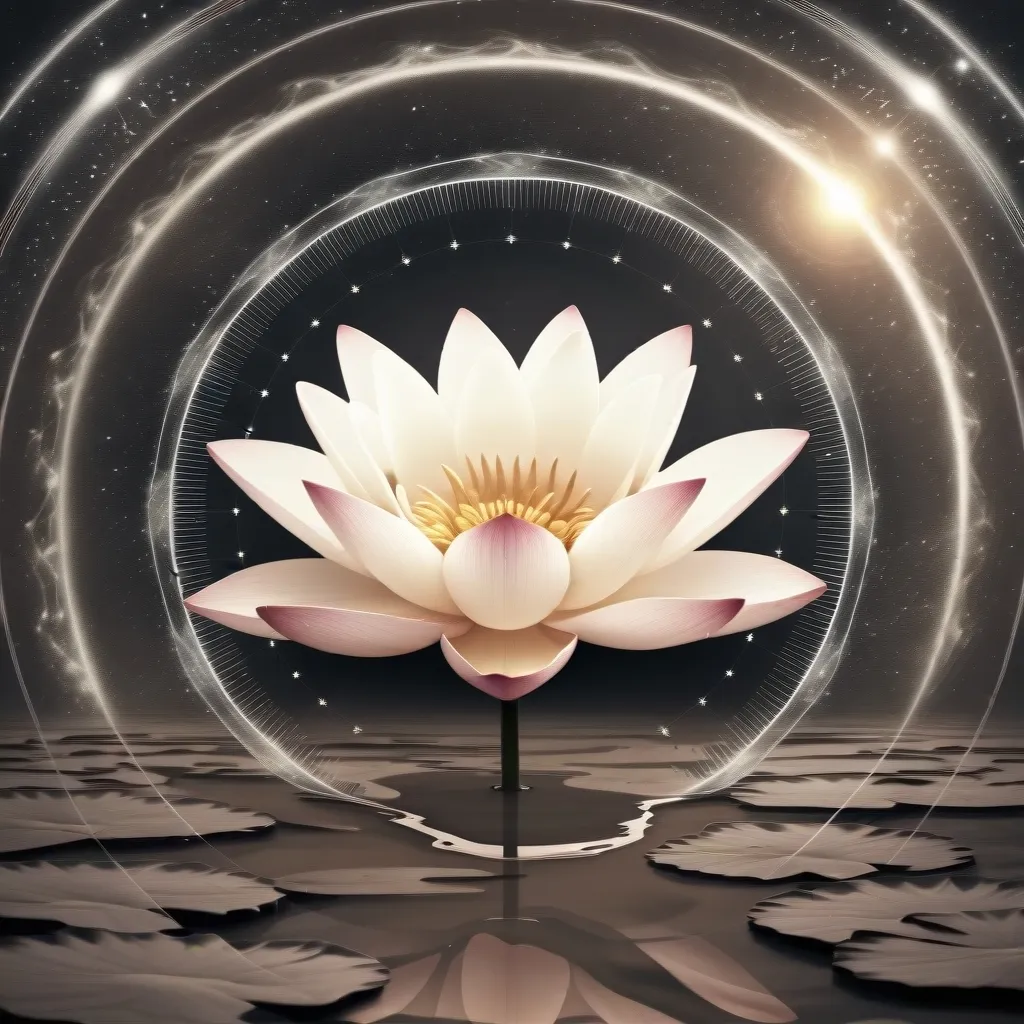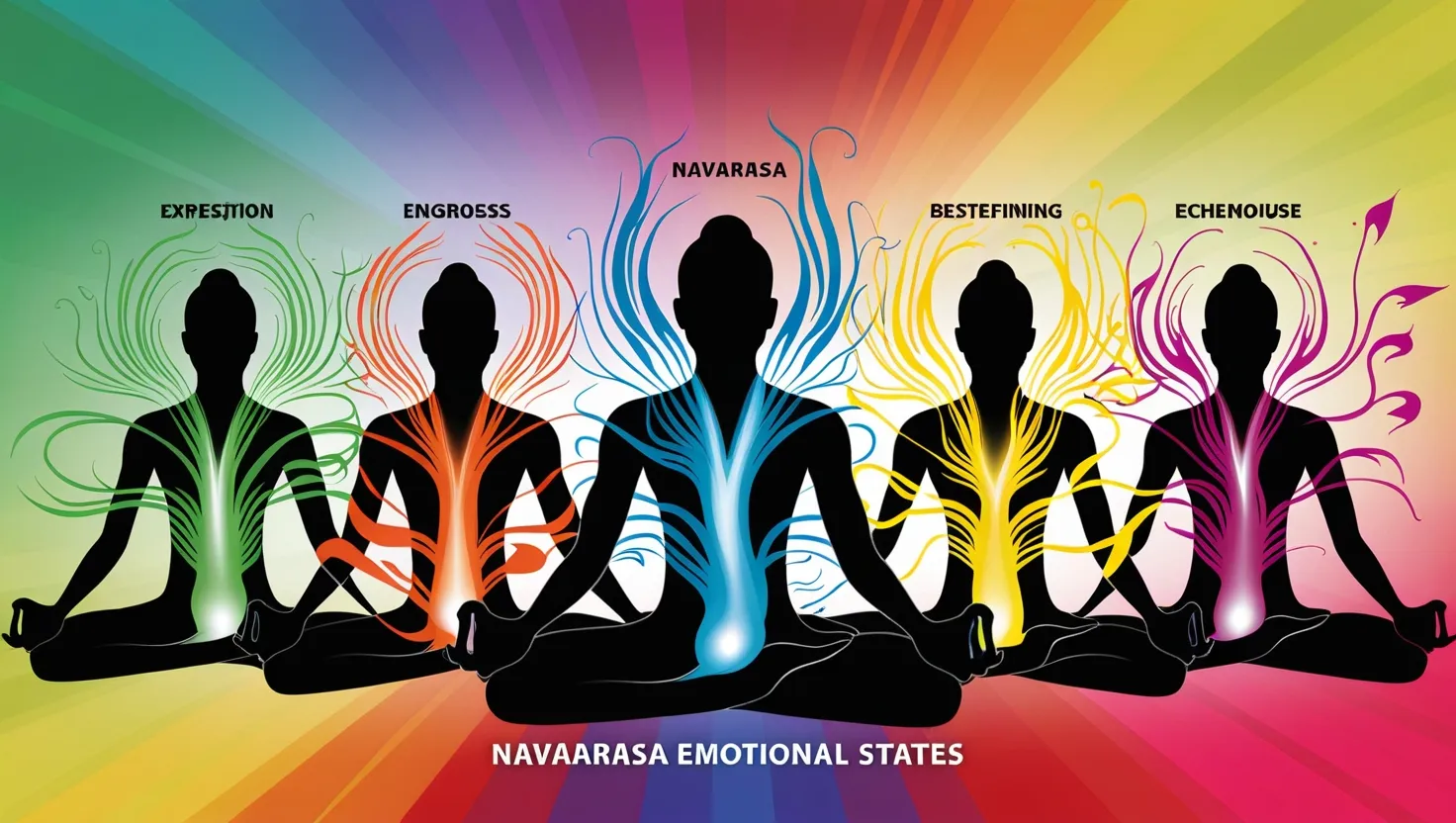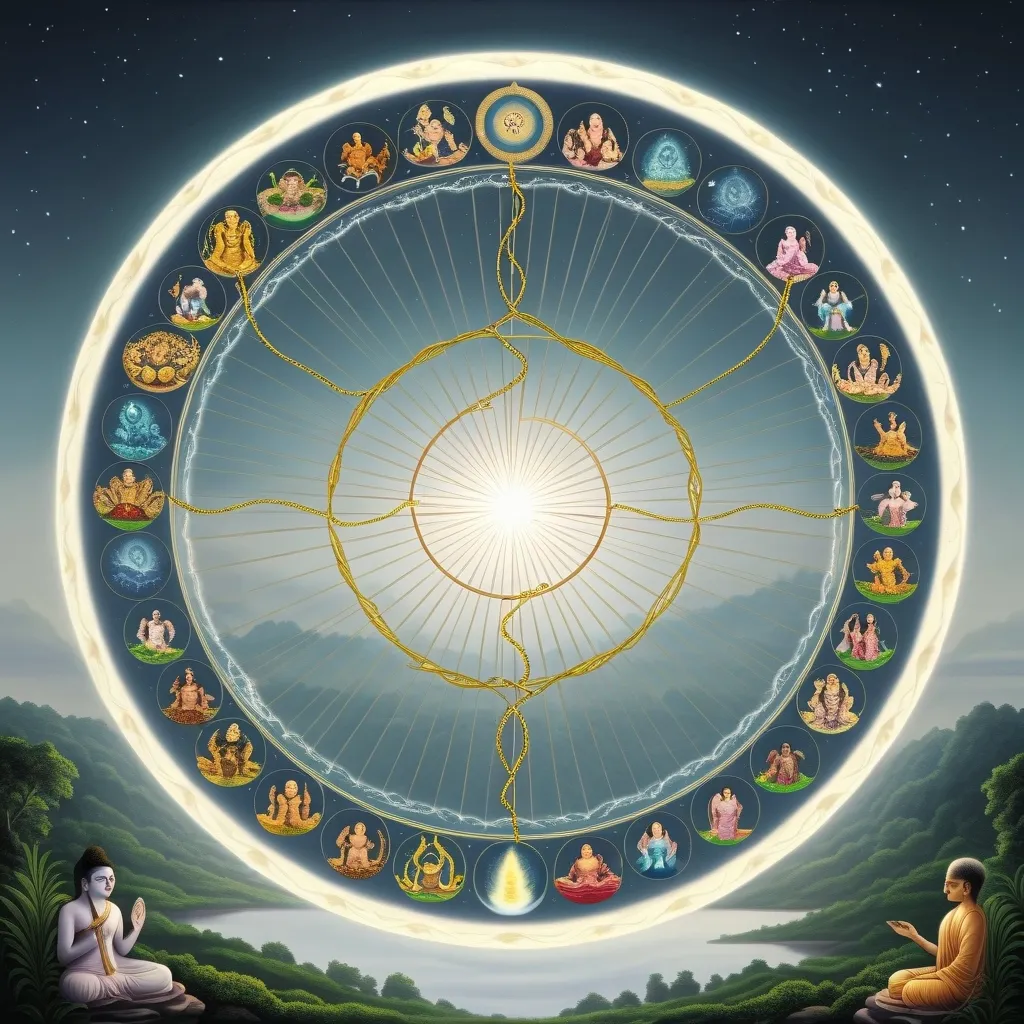Hindu Symbols: A Journey Through Ancient Wisdom
Ever wondered about those intricate designs you see in Hindu temples or on your yoga mat? They’re not just pretty decorations. These symbols are like secret codes, packed with deep meanings that have been passed down for thousands of years. Let’s dive into the fascinating world of Hindu symbols and uncover the stories they tell.
The Om: The Universe’s Heartbeat
Picture this: you’re sitting cross-legged, eyes closed, and you start to chant “Om.” That simple sound is actually a powerful symbol in Hinduism. It’s like the heartbeat of the universe, the first sound that echoed through the cosmos when everything began.
The Om symbol looks a bit like the number 3 with a little tail. Each part of it represents different states of consciousness - like being awake, dreaming, and in deep sleep. There’s even a part that stands for a state beyond all of these, where you’re totally at peace and connected to everything.
Next time you see or hear Om, think of it as a way to tune into the universe’s frequency. It’s like hitting the reset button on your mind and connecting with something much bigger than yourself.
The Swastika: Not What You Think
Now, hold on a second before you get upset. The swastika in Hinduism is completely different from the one used by the Nazis. In fact, it’s been around for thousands of years before that dark chapter in history.
In Hinduism, the swastika is all about good vibes. It literally means “all is well” and is considered super lucky. You’ll see it everywhere during Hindu festivals and celebrations. It’s like a visual “good luck” charm.
The four arms of the swastika? They’re packed with meaning. They can represent the four Vedas (ancient Hindu texts), the four stages of life, or even the four seasons. It’s a reminder that life is full of cycles and everything is connected.
So next time you spot a swastika in a Hindu context, remember it’s all about positivity and balance. It’s a symbol that’s been reclaimed by its original culture, spreading good fortune wherever it appears.
The Lotus: Beauty from the Mud
Have you ever seen a lotus flower? It’s pretty amazing. This gorgeous flower grows in muddy, murky water, but it rises above it all, pristine and perfect. That’s why it’s such a powerful symbol in Hinduism.
The lotus represents purity and spiritual growth. It’s like a metaphor for life - no matter how tough things get, you can still bloom and be beautiful. You’ll often see Hindu gods and goddesses sitting on lotus thrones or holding lotus flowers.
Think about it like this: we all have to deal with the “mud” in our lives - stress, problems, challenges. But like the lotus, we have the power to rise above it all and still be our best selves.
The Conch Shell: Nature’s Trumpet
Ever picked up a big seashell and heard the ocean? In Hinduism, the conch shell, or shankha, is like nature’s own trumpet. It’s often shown in the hands of Lord Vishnu, one of the main Hindu gods.
When blown, the conch makes a deep, resonant sound that’s believed to be the echo of the original sound of creation. It’s used in temples to signal the start of important rituals, kind of like a divine alarm clock.
The conch is also associated with Lakshmi, the goddess of wealth and prosperity. So, it’s not just about making noise - it’s a symbol of abundance and good fortune too.
The Lingam: Cosmic Pillar
Now, this one might look a bit odd at first. The lingam is usually a smooth, oval-shaped stone. But don’t let its simple appearance fool you - it’s packed with meaning.
The lingam represents Lord Shiva, one of the most important Hindu gods. But it’s more than just a representation of a deity. It’s seen as the cosmic pillar that holds the universe together. Pretty heavy stuff for a simple stone, right?
In many Shiva temples, you’ll see people pouring milk or water over the lingam as an offering. It’s a way of showing respect and connecting with the divine energy that the lingam represents.
Yantras and Mandalas: Sacred Geometry
Have you ever tried to color in one of those intricate mandala coloring books? Well, in Hinduism, these complex geometric patterns are more than just pretty designs - they’re tools for meditation and spiritual growth.
Yantras and mandalas are like maps of the cosmos, with each shape and line having a specific meaning. The most famous one is the Shriyantra, which looks like a series of interlocking triangles surrounded by lotus petals.
People use these designs to focus their minds during meditation. It’s like giving your brain a specific path to follow, leading you deeper into a state of calm and connection with the divine.
Tilaks: Spiritual Face Paint
Ever seen someone with a colorful mark on their forehead? That’s a tilak, and it’s not just for decoration. These marks are like spiritual ID badges, showing which Hindu tradition someone follows.
For example, three horizontal lines usually mean someone worships Shiva, while a U-shaped mark with a dot in the middle is associated with Vishnu or Krishna. The tilak is usually made with sandalwood paste, ash, or vermilion powder.
Wearing a tilak is a way of reminding yourself of your spiritual path throughout the day. It’s like carrying a little piece of the divine with you wherever you go.
Respecting the Symbols
It’s important to remember that these symbols aren’t just cool designs to slap on a t-shirt or tattoo. They’re deeply meaningful to millions of people around the world. Using them without understanding or respect can be hurtful and disrespectful.
For example, the swastika’s unfortunate association with the Nazi regime has led to a lot of misunderstanding. It’s crucial to recognize its original, positive meaning in Hinduism and other Eastern religions.
Similarly, seeing Hindu gods printed on socks or used as decoration in bars can be pretty upsetting for people who view these images as sacred. It’s all about context and respect.
The Power of Symbols
So why do these symbols matter? Well, they’re like shortcuts to big ideas. Instead of explaining complex philosophical concepts, you can use a symbol to instantly convey meaning.
These symbols have been around for thousands of years, connecting generations of people to their spiritual heritage. They’re not just relics of the past - they’re living, breathing parts of a vibrant culture.
Next time you see one of these symbols, take a moment to appreciate the depth of meaning behind it. It’s like looking at a snapshot of an entire worldview, captured in a single image.
Bringing It All Together
Hindu symbols are like windows into a rich and complex spiritual tradition. From the cosmic sound of Om to the sacred geometry of yantras, each symbol offers a unique perspective on life, the universe, and our place in it.
These symbols remind us that there’s more to life than what we see on the surface. They encourage us to look deeper, to find meaning in the everyday, and to connect with something greater than ourselves.
So next time you spot one of these symbols, whether it’s in a temple, a yoga studio, or even on someone’s jewelry, take a moment to appreciate the layers of meaning behind it. You’re not just looking at a pretty design - you’re glimpsing a piece of ancient wisdom that’s still relevant today.
In a world that often feels disconnected and chaotic, these symbols offer a way to tap into something timeless and universal. They remind us that, despite our differences, we’re all part of something bigger - a cosmic dance that’s been going on for millennia, and will continue long after we’re gone.






